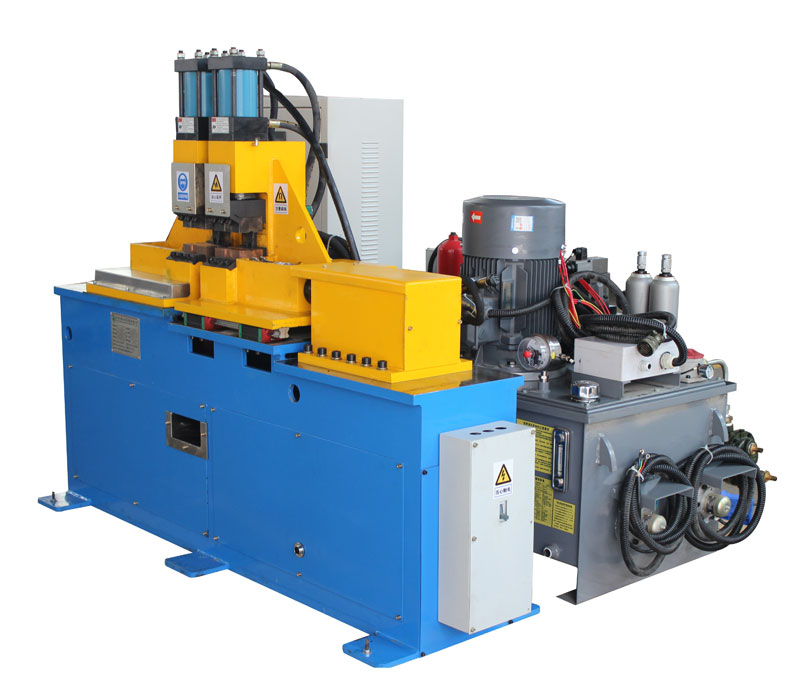Flash butt welding is a highly efficient and widely used welding process in various industries. It involves the fusion of two pieces of metal by creating a flash, followed by forging and pressure to achieve a strong and durable joint. The efficiency of flash butt welding machines is crucial for maintaining high-quality welds and optimizing production. In this article, we will explore the intrinsic factors that significantly influence the efficiency of these machines.
- Material Properties:
- Conductivity: The conductivity of the materials being welded greatly affects the efficiency of the process. Materials with high electrical conductivity allow for better flash formation and heat distribution, resulting in more efficient welds.
- Consistency: Consistency in material properties, such as thickness and composition, is vital to achieving efficient welds. Variations can lead to inconsistent flash formation and subpar welds.
- Machine Design:
- Alignment and Rigidity: Proper alignment and rigidity of the welding machine are crucial. Misalignment can lead to inefficiencies and defective welds.
- Force Control: Precise control of the welding force is essential for consistent and efficient welds. Machines with advanced force control systems can adapt to different materials and conditions.
- Power Supply:
- Voltage and Current Control: The ability to control voltage and current is essential for generating the right amount of heat during the welding process. Machines with precise control systems can optimize energy usage.
- Cooling Systems:
- Efficient Cooling: Flash butt welding generates significant heat, and efficient cooling systems are necessary to maintain the machine’s operational integrity. Overheating can lead to downtime and reduced efficiency.
- Automation and Control:
- Process Monitoring: Automation and real-time monitoring systems can detect variations in the welding process and make necessary adjustments, leading to more consistent and efficient welds.
- User-Friendly Interfaces: Intuitive control interfaces enable operators to set parameters easily and optimize the welding process.
- Maintenance:
- Regular Maintenance: Preventive maintenance is vital to ensure the welding machine operates at its peak efficiency. This includes cleaning, lubrication, and inspection of critical components.
- Operator Skill:
- Training: Skilled operators who understand the welding process and the specific machine’s capabilities are essential for achieving efficient and high-quality welds.
In conclusion, the efficiency of flash butt welding machines depends on a combination of intrinsic factors related to materials, machine design, power supply, cooling systems, automation, maintenance, and operator skill. By addressing and optimizing these factors, industries can ensure that their welding operations are not only efficient but also produce high-quality, durable welds. This, in turn, leads to increased productivity, reduced costs, and improved product reliability.
Post time: Oct-28-2023



